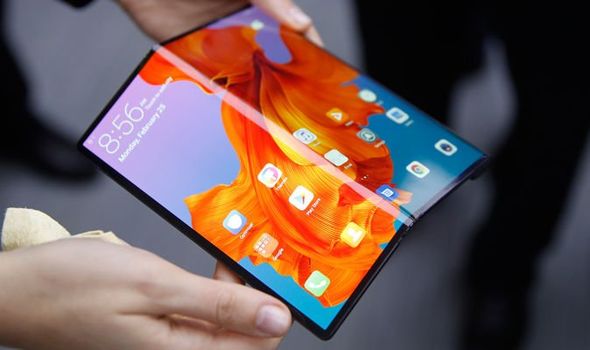×
The Standard e-Paper
Kenya’s Boldest Voice

Apple has, since 2010, popularised new product categories, as it did with the iPad for tablets, but now the rest of the tech industry is forging ahead and it hasn’t quite kept up.